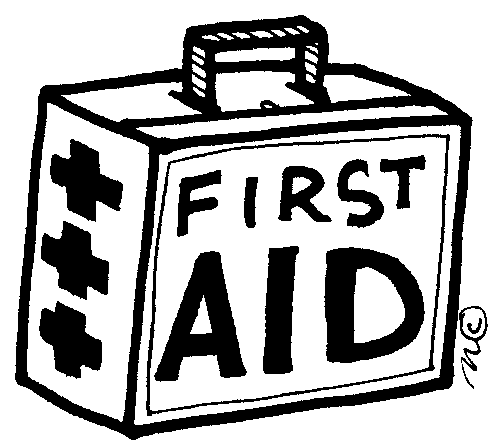| Disease/Condition | Signs | Treatment |
|---|
| Enteritis | Bunny has soft, loose, watery, jelly or mucousy stools. May sit in water bowl, grinding teeth, does not eat. | Emergency! Put probiotics in water, use electrolyte replacement with pedialyte. Do not give pellets, give hay and quaker oats. Will need albon or other antibiotic. High mortality rate. |
|---|
| Red Urine | Red or orange discolored urine that does not contain "clots" | None. Bunny has had too much protein in feed or hay. |
|---|
| Weepy Eye | Matted or crusty eye | Clean eye with warm water. Apply terramycin eye ointment if it continues. |
|---|
| Wry Neck | Twisting of head, bunny will roll when excited, loss of balance. | Will need antibiotic ear drops. High mortality rate. |
|---|
| Sore Hocks | Ulcerated areas on back foot pads. May be scabs. | Give bunny a wood sitting board. More common in heavier breeds |
|---|
| Malocclussion | Elongation of upper or lower teeth. May be genetic or from an accident | Clip teeth or cull if genetic |
|---|
| Paralysis | Drags rear legs, may not have bowel or bladder control | Euthenasia |
|---|
| Hutch burn | scabbed, inflamed vent area | Keep cage clean, apply triple antibiotic cream to vent area until healed |
|---|
Coprophagy
(eating of night feces) | Usually seen at night or in the morning, rabbit will consume fecal material directly from rectum. Sometimes he will drop these and they resemble a cluster of grapes. | None. This is the way the rabbits increase the absorption of certain nutrients. |
|---|
Snuffles | Persistent sneezing, nasal discharge that is white or green. May have matted fur on inside of front paws. | Bunnymycin nose drops and antibiotics will help symptoms. Rabbit will always be a carrier |
| Warbles |
Swelling or lump-may be anywhere. Caused by fly that lays eggs under the skin of animals and the larvae grow under the skin | Difficult to remove at home. Take bunny to vet. Injuring larvae may cause it to release a toxin which can kill the bunny. Treat routinely with ivomec to prevent this. | |
|---|
| Pinworms | small "bean sprout" like worms-may be seen on rectum, fur or on stool. | Treat routinely with ivomec or piperazine wormer to prevent or treat |
|---|
| Fur or mange mites | Bald areas on skin, may be scaly. Rabbit may itch or have dandruff | Treat with ivomec or flea and mite powder. |
|---|
| Ear Mites | Rabbit may scratch at ears, persistent shaking of head, especially if you rub around the base of his ears | Treatment with ear mite medication for cats or treat with ivomec to prevent |
|---|
| Coccidiosis | Diarrhea, not eating well, does not look well. May become thin. | Treat with amprol, corrid or albon. Treat routinely every 3-6 months to prevent. Rabbits are carriers or coccidiosis. |
|---|
| Hair or furball | May see stool hanging from cage floor like a "string of pearls", may not eat or eats poorly. | Remove pellets, give rabbit hay and fresh pineapple juice in water bottle. If condition last more than 2 days, see a vet. Treat with cat hairball medication. May treat routinely to prevent. Increase fiber (hay) in diet. |
|---|
